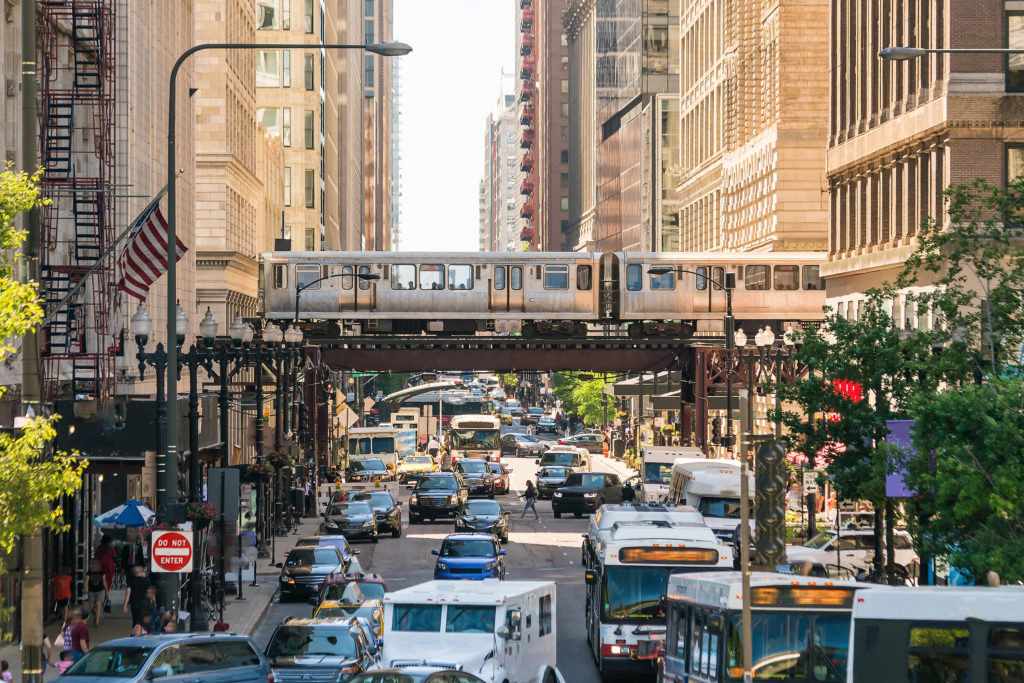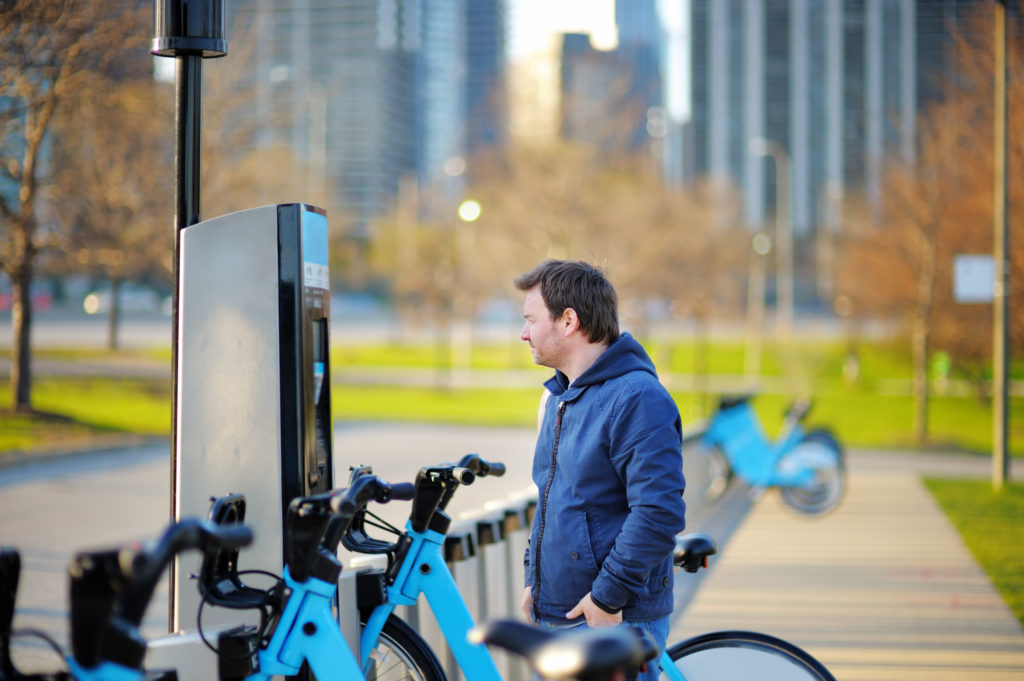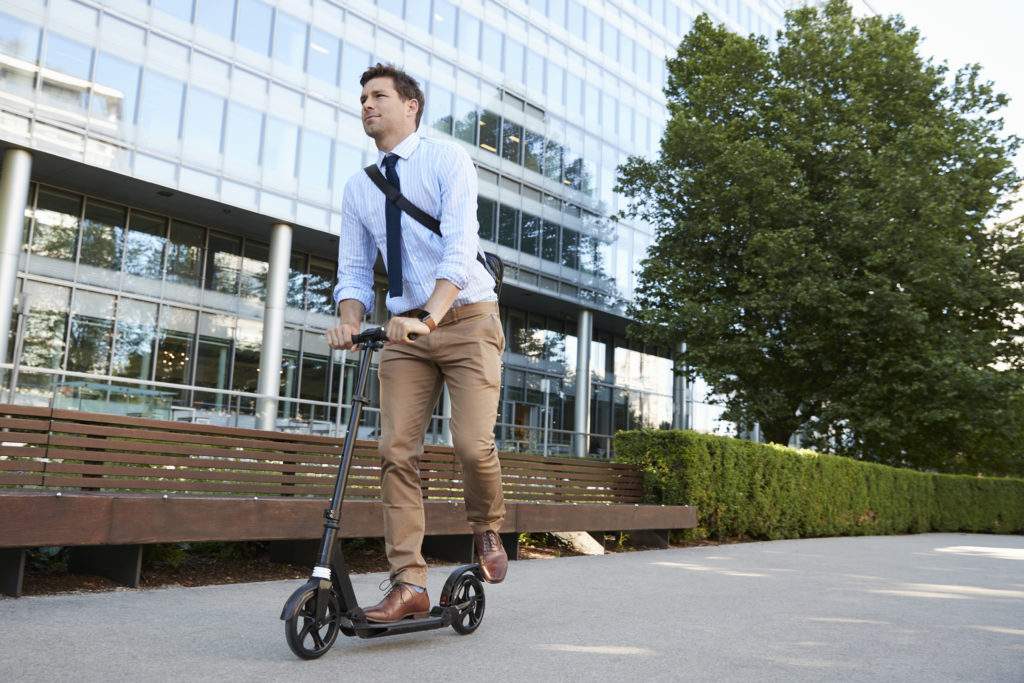
In the early months of 2020, Mayor Lori Lightfoot took another step in her administration’s attempt to curb what many Chicagoan’s have come to expect when entering downtown; traffic congestion. Just like any other densely populated city in the world, Chicago has long dealt with the ramifications of traffic congestion. Recently, we discussed the public outcry arising from what is known as “Blocking the Box” in high traffic areas throughout the city; blocking intersections in attempts to turn left on yellow and red traffic lights. While that global issue is certainly in need of a comprehensive approach that looks to a multitude of factors, the reality is that Chicago has a variety of other pressing issues that continue to plague downtown traffic.
In light of these concerns being in the press recently, many expected for an announcement to soon come on how the City would handle such issues. With the news of Lightfoot’s announcement, many should be looking forward to what appears to be a strong plan to curb another critical area that Chicago has been dealing with; bike and bus lane violations. As part of the announcement, Lightfoot proposed a new city ordinance that allows for ticketing agents of the city to take photos of cars or other vehicles that are illegally parked in bike and bus lanes. This approach is in response to what has long been a loophole for violators who simply drive off before ever receiving an actual ticket. At the City Council news conference, Lightfoot stated “there have been instances where people are about to get a ticket and they drive off, so all this does is essentially allow the ticket the ability to take a photograph and use that as evidence is support of a ticket.”
The logistics of the new ordinance are simple. Ticketing agents for the city would be allowed to take pictures of vehicles that are in violation by being parked in bike and bus lanes. The agent would then mail the violation and the photograph of the vehicle to the license holder of the vehicle within 30 days and no longer than 90 days after the Secretary of State’s office establishes who the owner of the vehicle is. If the vehicle happens to be leased, then this deadline would increase to 210 days. As for the cost of violating the ordinance, violators can expect a fine of $60-$150, which is the same amount as the previous law; however, the sole goal with this new ordinance is to ensure that drivers cannot get away with the violation by driving away prior to receiving the ticket.
Chicago’s Recent Uptick in Traffic Congestion Crackdown
For our team, this city ordinance appears to be a long time coming; however, the reality is that while Chicago’s traffic congestion struggles are bad, many individuals are likely going to be wondering just how far the city will go to attempt to resolve issues such as bus and bike lane violations. Lightfoot’s announcement comes on the heels of her administration’s implementation of the Ride-Share Tax that went into effect in the beginning of January. We have written countless times on the reasoning behind such laws and once again we remain optimistic, that these approaches by the City are calculated decisions to benefit the safety of its residents. Based on Chicago Comptroller, Reshma Soni’s interview with The Chicago Sun Times, this once again appears to be the administration’s motivation, and for good reason. “There’s so much of this in the central business district area. We’re trying to do whatever we can to curb congestion. And it’s a safety issue as well. People are opening doors in bike lanes. Also, in bus lanes. Accidents are happening. We’re trying to rectify that,” stated Soni. However, Soni’s statements will likely be met with some criticism as the administration has also had a track record of minimizing fines and violations for non-moving vehicles in an attempt to “create a level playing field, so people in heavy debt can have a clean slate and hopefully stay in compliance.” This understanding and philosophy is in response to the administration’s hardline stance on minimizing scofflaws by what the Chicago Sun Times stated was “expanding payment plans and stopping drivers’ license suspensions for non-moving violations.” So, the question then must be asked, if Lightfoot’s administration is determined to stand for alleviating the burden that non-moving traffic violations have on those in debt, is the new city ordinance the exception or the rule?
In light of the new policies the City is establishing, the clear hope is that resident safety will be put in a far better situation. It cannot go unsaid that having vehicles in bus and bike lanes is a serious issue with serious consequences. Although Lightfoot and her administration have made it well known that they are looking to lessen the burden that such scofflaws have on residents, we should be clear in stating that when it comes to the road, your safety is what is most important. Let’s hope the City maintains that reasoning for good and continues to work to make the streets safer and less congested.



